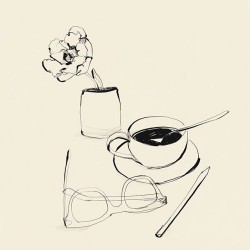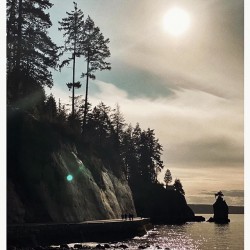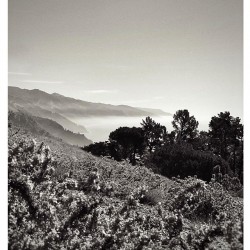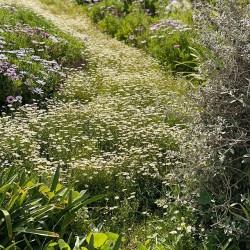Art See
10 years ago by

An artist I’ve come to love is Robert Smithson.
He’s someone I never really knew much about before I moved to New York but I am crazy wild, so in love with his work. Namely because it’s not what you expect, yet it feels kind of organic within a space. See, the stuff I’ve seen of his in person (at Dia, one of my favorite galleries, an hour outside of the city), is all on the floor.
They are piles on the floor, of sand or shattered glass. With some kind of mirror or reflective material within it, and all inspiring you to think about how you see – the artwork, yourself, the space around you. Cool, no? That’s the art that’s love the most, the pieces that make you reconsider and ponder, force you to think about more than just the artwork itself.
With Smithson, you also want to just keeping around his works, seeing them from all angles… But that’s enough of my rampant love for the crazy talented guys known for piles of sand!! (I could go on forever…)
What do you think of his works? And any artists you especially like right now?!


























































Blogging almost daily for ten years, writing a book, getting it published, doing a book tour….I’d say you have definitely earned the right to eat another chocolate bagel or two or five for that matter (well, maybe not five :) ) Perhaps without knowing it you’ve mastered your own kind of discipline, the kind that works for you. Enjoy and congrats on the book!
Neada, you asked us what do we think, so I cannot help to leave a comment. I know we’re not on a artcritic blog or anything like this here but the art historian that I am is quite upset by this kind of post. Sorry, I really love this blog, and mostly all the posts, but now I have to say that it pisses me off to see art seized upon like this. Seized upon might not be the perfect expression but I feel that with a post like this, lacking of information on an artist as important as Robert Smithson, who died in 1973, who is one of the greatest artist of the end of the 20th century, precursor of the Land Art, having a postmodern practice of art who also shaped conceptual art and minimalism, tends to reduce his artwork just to his formal realization whereas it is much more than “a pile of sand” and an “Instagramable” pattern. I know that you didn’t mean harm when you wrote this post and that you just wanted to share your crush on Smithson art work (which I totally share) but it is really important to be very precise and to contextualize an artwork (that’s what I teach my students every day). It helps to understand the choices of the artist, the context where s-he is creating, the issues at stake behind the form, etc. I hope that this comment will be helpful and will encourage you to go further in your observations/comments.
Bonsoir Neada,
Je me sens obligé de laisser un commentaire, comme toi j’adore Smithson !
Je sais que ton petit article part d’une bonne intention celle de faire connaitre un grand artiste mais “réduire” Smithson, un des plus importants artiste de la fin du XXe siècle à ses “tas de sable”, je trouve ça dommage. Robert Smithson est avant tout un des précurseurs du Land Art.
Je sais que ce blog n’a pas vocation à être un blog d’Histoire de l’Art, mais en tant qu’étudiante dans ce domaine, je trouve dommage de ne pas remettre l’artiste et ses œuvres dans leurs contextes …
L’Histoire de l’Art, est particulièrement l’art contemporain, a besoin d’être “vulgarisé” et je trouve ça très bien qu’on parle ici d’œuvres intéressantes. L’art contemporain n’est pas forcément facile à aborder/expliquer, présenter une œuvre aussi complexe de Smithson en peu de ligne, je trouve que c’est un exercice périlleux, et j’ai peur (peut être à tort) que ça renforce le cliché d’un art incompréhensible, complètement abscons … Alors que l’œuvre Spirale Jetty, 1970 également de Smithson me semble plus adaptée pour présenter l’artiste.
Je t’encourage à poursuivre à t’intéresser à l’art et j’espère sincèrement que ce commentaire te poussera à gagner en précision. Je te souhaite une excellente soirée/journée ! La bise